Here’s a modern-day first: Tesco, unassailable grocery giant and king of all it surveys, has been toppled from top of the pile in a sector where, until recently, it was market leader.
Across 20 weeks this summer, according to TNS figures, retailer Subway has overtaken the nation’s biggest supermarket to become the number one sandwich player in the UK by value.
Despite suffering several false dawns - Subway first announced plans to dominate Europe 10 years ago but struggled to establish its franchise system - "the American giant is overcoming the disadvantages of the made-to-order model", said Nigel Hunter, MD of sandwich producer Buckingham Foods.
Subway is now "past the tipping point", he said, growing at over 100% per annum and aiming to hit 2,000 outlets by 2010. But despite its rapacious expansion, Britain’s bakers need not worry too much. The growth is coming largely at the expense of the fast food chains, with only 18% of Subway sales volume coming from consumers switching from other sandwich outlets. "If I worked for McDonald’s, Burger King or KFC I’d be more worried than I am working for a sandwich manufacturer," he commented.
MADE TO ORDER
Until the dramatic emergence of Subway, made-to-order sandwiches had been in long-term decline in independent bakers, cafés, delicatessens and sandwich bars.
"Indeed, if selling sandwiches is the major activity of an outlet, it is difficult to be efficient and make money with this model, as the peak sales period is concentrated into a couple of hours in the middle of the day," said Hunter.
The likes of Greggs and Prêt A Manger, while still making all products on-site, fill displays with pre-packed products during the morning, ready for the lunchtime rush. But the pre-packed or bought-in sector is unquestionably leading market growth, he said. Bakers account for 21% of the total sandwich market, though made-on-site pre-packed sandwich sales are down slightly in bakeries.
Across all sandwiches, bakers are holding on to their lead, closely followed by the multiples, the workplace and cafés, sandwich bars and coffee bars. The sandwich market is worth at least £4bn, said Hunter, although the retail and food-to-go sectors recorded by TNS amount to only around £3bn. There are large sales through foodservice outlets that are unmeasured.
Meanwhile, nearly 80% of all sandwiches are still made at home, with Hunter estimating that about 40% of all retail bread and rolls is used in-home to make sandwiches. "Total sandwich consumption is actually pretty flat," he said, "but the commercial market for sandwiches is consistently growing, with the pre-packed, bought-in sector leading the way."
A rising 2.4bn of the 11.2bn sandwiches consumed each year are made and sold commercially - a trend that began 25 years ago when Marks & Spencer started selling pre-packed sandwiches.
Baguettes are growing fast on the back of Subway’s rapid expansion. Meanwhile, wraps are only about 4% of the total market, but their share has grown to about 15% of all sandwiches sold in the major retailers. "I believe wraps have benefited from a consumer perception that they contain less carbohydrate than bread and from the fact that they are so easy to eat on the move," said Hunter.
new channels
New branded chains of coffee outlets, sandwich bars and retailer-owned convenience stores have proliferated in recent years, amounting to £400m or 10% of the total market, said Hunter. "It is virtually certain that the overall market, and the pre-packed market in particular, will grow for many years to come.
"Five years ago we carried out an experiment for a major retailer to find out in how many places you could buy a sandwich within 500 yards of one of their stores. In the City of London there were 87 outlets within a five-minute walk. Today there will be well over 100."
Market demographics from TNS Worldpanel back up this forecast: 35% of adult buyers are under 35, while 25-35s spend nearly four times as much on sandwiches as those aged 55 plus. The 55-plus group accounts for one third of adults, but only 13% of sandwich spend. "There is at least a generation of further growth virtually guaranteed," said Hunter.
The main competitors to sandwiches are either burgers, which are in decline, or Cornish pasties and pork pies, which "suffer from some serious health issues". n

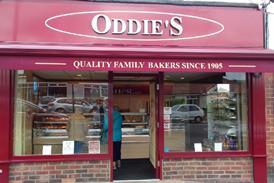

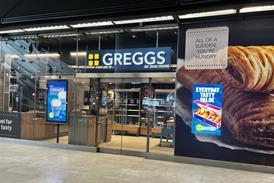




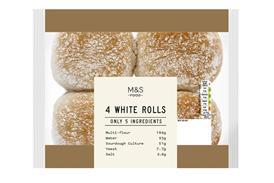



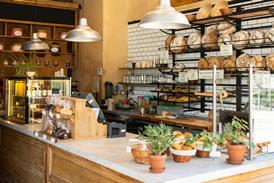



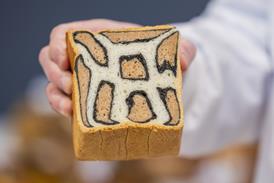

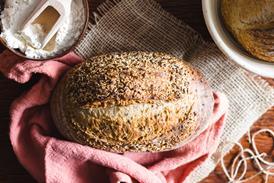
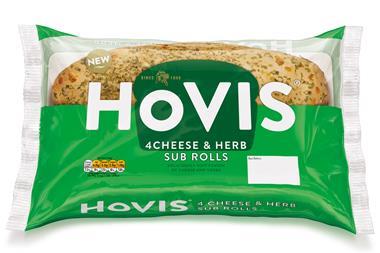

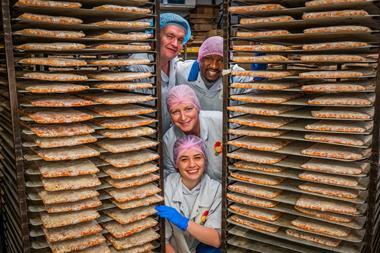
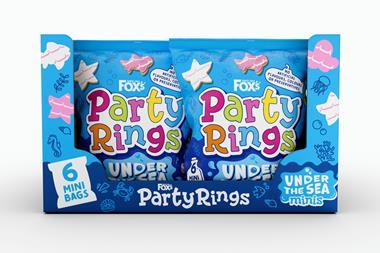
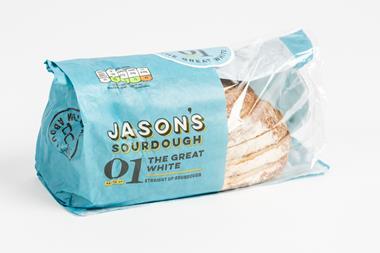
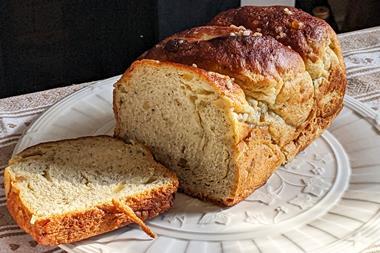
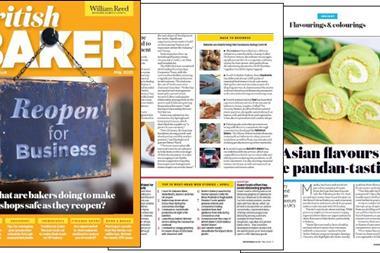
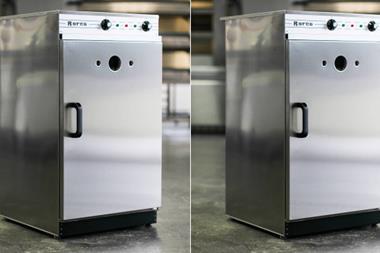
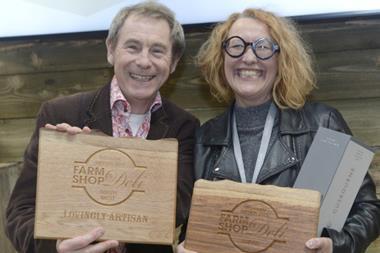
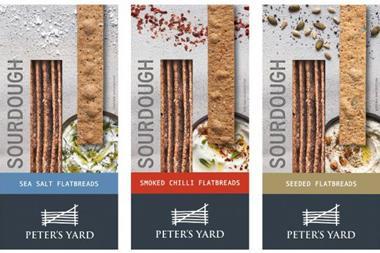

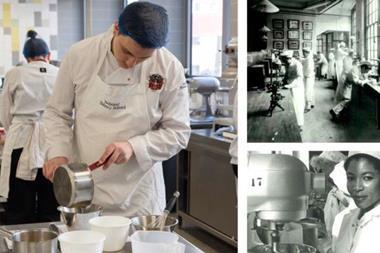

No comments yet